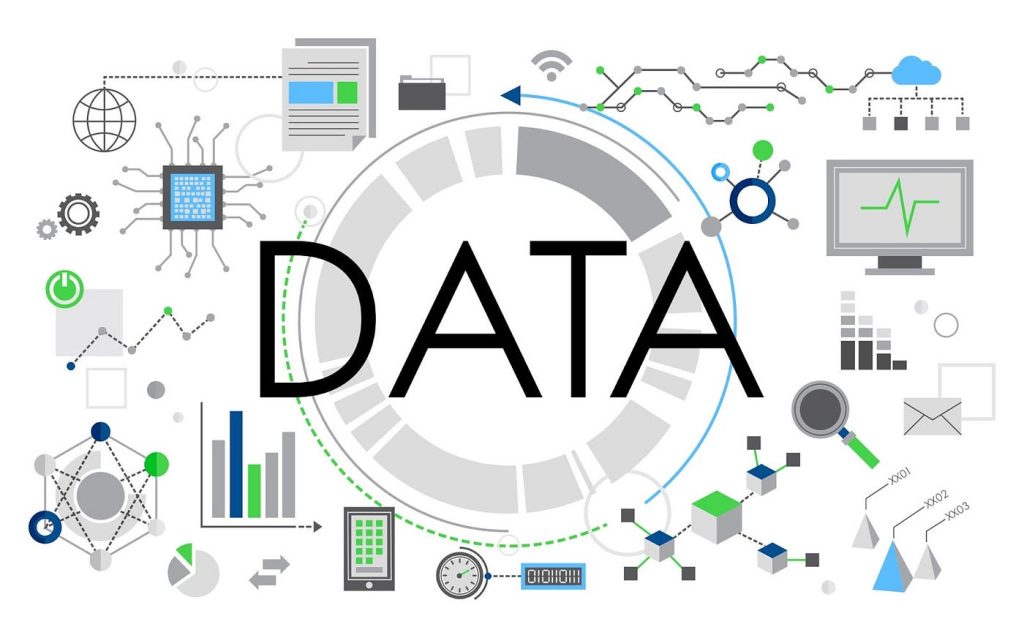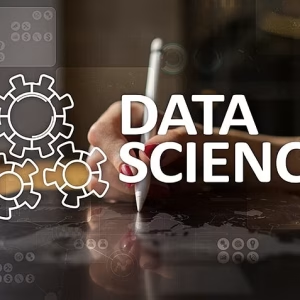Data scientists rely on a variety of tools to gather, process, analyze, and visualize data effectively. These tools encompass a wide range of functionalities, from data collection and cleaning to machine learning model development and deployment. In this article, we’ll explore some of the essential tools that data scientists use in their day-to-day work and discuss their roles in the data science workflow.
Data Collection and Cleaning Tools
One of the initial steps in any data science project is collecting and cleaning data to ensure its quality and usability. Tools like Python’s pandas library and RStudio provide powerful capabilities for data manipulation, transformation, and cleaning. These tools enable data scientists to handle large datasets, perform operations such as filtering, sorting, and joining, and deal with missing or inconsistent data effectively. Additionally, Apache Spark offers distributed computing capabilities for processing large-scale datasets in parallel, making it suitable for handling big data scenarios.

- Python: Python is a versatile programming language that is used most by Data Scientists. Its most important application is used in the field of Machine Learning. It has many libraries that make it perfect for handling Data Science related work.
- R Programming: R is one of the essential statistical programming tools, which is mainly used by Data Scientists to perform a detailed analysis of large data to find insights.
- SQL: It is also a valuable tool used by a Data Scientist. It helps them in working on DBMS and structured data. A Data Engineer also uses this tool.
- Tableau: This is a top-rated data visualization tool among Data Scientists because of its amazing reporting capabilities. This tool makes it simple to visualize the data and show the results to clients.
- Hadoop: It is an open-source and powerful tool that is used by every Data Scientist.
- SAS: SAS is an advanced tool for analysis, which many data analysts use. It has many powerful features, such as analyzing, extracting, and reporting, which makes it a popular tool. Also, it has a great GUI that anyone can use it easily, and Data Scientists use it to convert the data into business insights.
Data Analysis and Visualization Tools
Once the data is cleaned and prepared, data scientists use various tools to analyze and visualize it to gain insights and communicate findings effectively. Jupyter Notebooks and RMarkdown are popular tools for interactive data analysis and documentation, allowing data scientists to combine code, visualizations, and explanatory text in a single document. For visualization, tools like Matplotlib, Seaborn, and ggplot2 offer a wide range of plotting capabilities for creating informative and visually appealing charts, graphs, and dashboards. Additionally, Tableau and Power BI provide intuitive interfaces for creating interactive visualizations and exploring data interactively.
Machine Learning and Model Development Tools
In the machine learning phase of a data science project, data scientists use specialized tools and libraries to build, train, and evaluate machine learning models. Scikit-learn and TensorFlow are popular libraries in Python for implementing machine learning algorithms and building predictive models. caret and keras serve similar purposes in the R programming language. These tools offer a comprehensive suite of algorithms for classification, regression, clustering, and other machine learning tasks, along with functionalities for model evaluation, hyperparameter tuning, and model deployment.
Model Deployment and Productionization Tools
Once a machine learning model is trained and evaluated, data scientists deploy it into production environments to make predictions on new data. Tools like Docker and Kubernetes facilitate containerization and orchestration of machine learning models, ensuring consistency and scalability across different environments. Flask and Django are lightweight web frameworks in Python that enable data scientists to create APIs for serving machine learning models over the web. Additionally, cloud platforms like Amazon Web Services (AWS), Google Cloud Platform (GCP), and Microsoft Azure offer managed services for deploying, monitoring, and scaling machine learning models in production environments.
Conclusion
In conclusion, data scientists rely on a diverse set of tools throughout the data science workflow, from data collection and cleaning to analysis, visualization, machine learning, and model deployment. By leveraging these tools effectively, data scientists can extract valuable insights from data, build predictive models, and deploy them into production environments to drive business value and innovation. As the field of data science continues to evolve, staying updated with the latest tools and technologies is essential for data scientists to remain effective and competitive in their roles.













